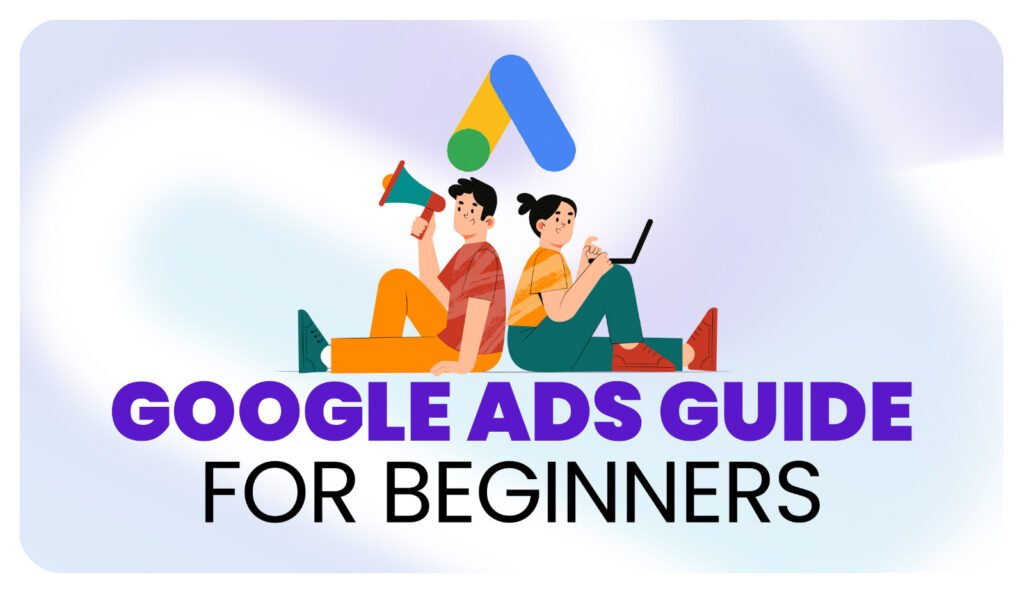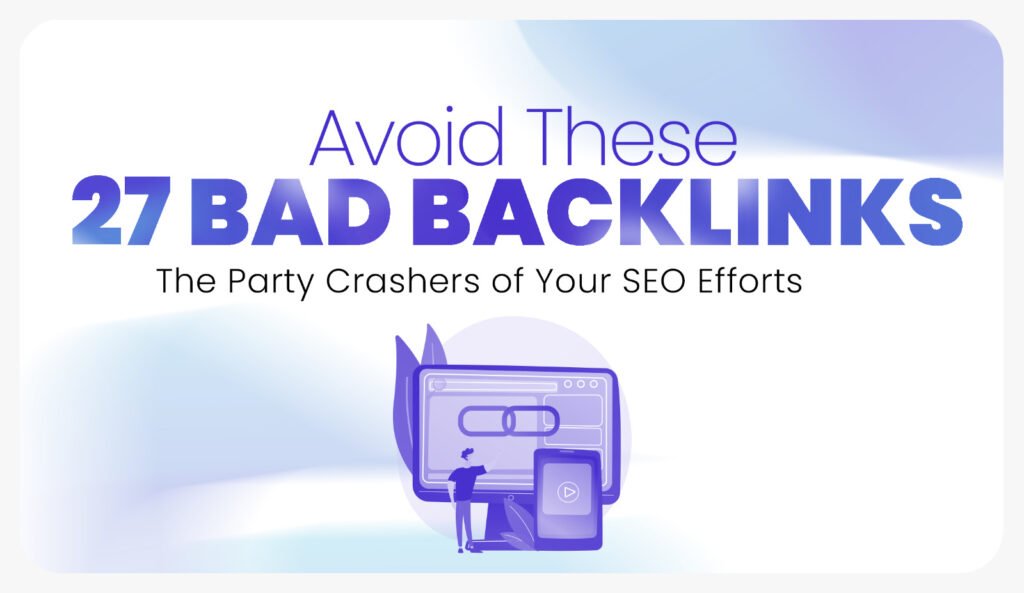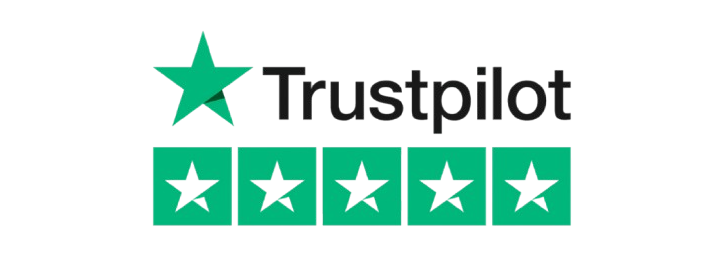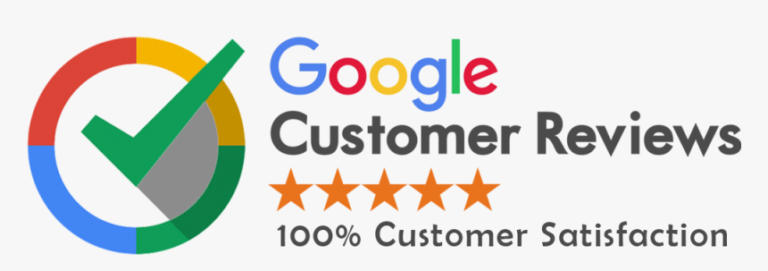Google Ads, formerly known as Google AdWords, is popular among digital marketing companies as the vital tool to help businesses interact with potential customers. From a local shop which wants to target its community to an eCommerce company which wants to increase its market coverage, Google Ads has it all. It is even easier in 2024, with newer updates and features, to start with Google Ads even if you are a complete beginner. This Blog will provide you with a detailed snapshot to follow when executing Google Ads campaigns.
What is Google Ads?
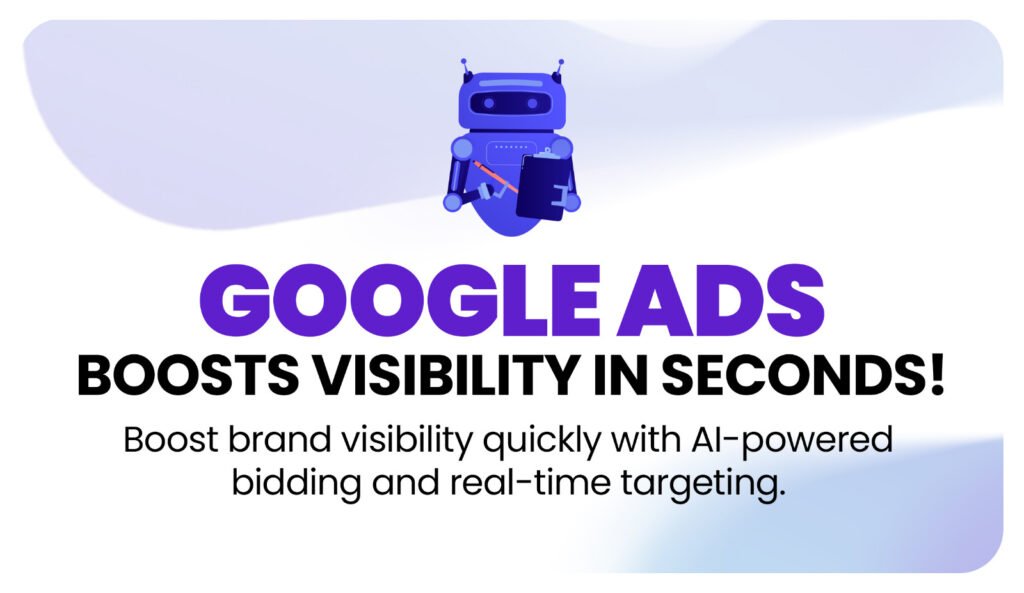
Google Ads is an internet marketing service provided by Google for, which largely enables businesses to advertise through Google search and other websites such as YouTube and Google Network. The latter is a pay per click model, PPC, whereby the advertiser pays for the extent of each click depending on the chosen keyword.
Why Use Google Ads in 2024?
Google has remained supreme as the leading search engine in the World serving billions of users per day.. Google Ads enables advertisers to direct their promotional messages at specific customers by using such features as audience demographics, keywords, geographic location, among others. Here’s why it stands out:
- Enhanced targeting: Currently, Google has improved its machine learning algorithms to give users better targeting of audiences.
- AI-powered automation: It’s hard to even begin to outline what AI means for Google Ads – from bidding strategies to ad copy suggestions.
- Cross-platform reach: Google Ads does not restrict you to advertising only on Google.com; you can advertise on YouTube, Gmail and Google Display Network (GDN).
Getting Started with Google Ads
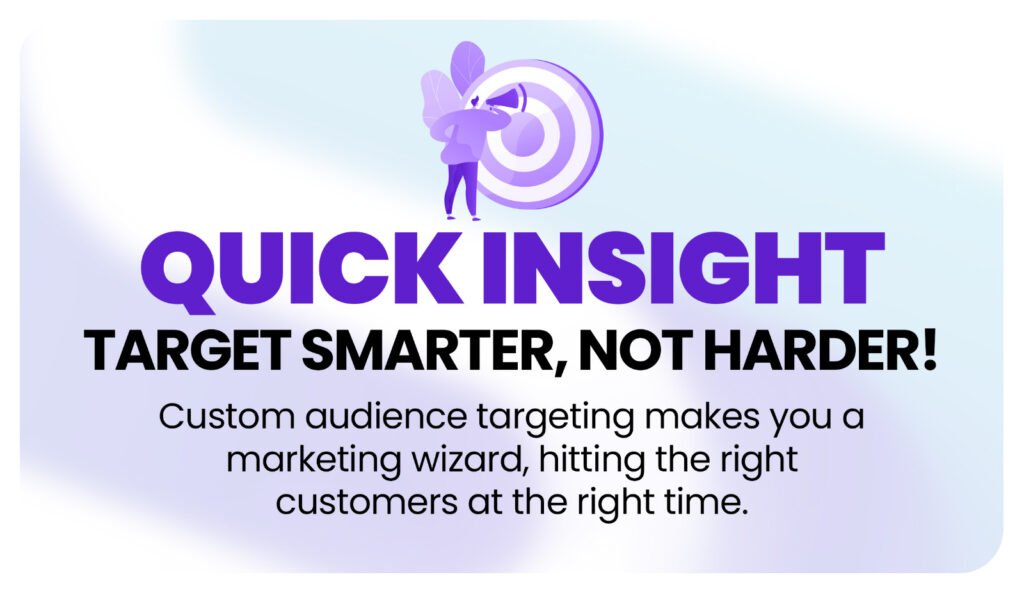
Step 1: Setting Up Your Account
First, go to Google Ads website landing page and sign in using your Google account credentials. The first time that you want to run a campaign on Google, there are some basic steps that Google will help guide you on.
Step 2: Choosing the Right Campaign Type
Google Ads currently has several campaign options available to advertisers, and each meets different business needs. For beginners, understanding which one fits your needs is crucial:
- Search Campaigns: These are banner ads that are placed on Google and can also be placed on other web sites and search engines. Suitable for companies that seek to target search traffic users that are closer to point of purchase.
- Display Campaigns: Official advertisements usually placed through banners that appear across the Google Display Network, which includes millions of partner websites. Best when it comes to the visibility of the brands.
- Video Campaigns: Ads shown on YouTube. Ideal for organisations with vibrant video clips.
- Shopping Campaigns: Types of ads most suitable for an eCommerce company advertising its products.
- App Campaigns: Extend your presence and enable more people to reach out to you through the Google Search, Google Play Store, Youtube etc.
Step 3: Keyword Research
Keywords are possibly the most central elements of Google Ads. These are the words which people type at the Google search and your ad will appear when someone types that word or phrase in Google. There are many keyword research tools available, of which, Google Keyword Planner is the most useful one and readily available from Google Ads.
Tips for Keyword Selection:
- Focus on intent: In the case of strategic planning, you should select keywords that are relevant to what people type in when they are willing to purchase, learn or seek a solution.
- Long-tail keywords: These are less general and more targeted, meaning they are less saturated with competitors, and can convert better.
Step 4: Crafting Your Ads
It is a must to keep your ad copy short and relavant while communicating a message to the target audience. A typical search ad consists of:
- Headline: This is what grabs attention. Ensure that you have put your keyword and a value proposition that is explicit enough.
- Description: Emphasize what’s good about your product or service. Add a CTA – it can be “Buy Now” or “Get a Free Quote” as well as “Learn More”.
- Display URL: This informs the user of the URL path thus they can see where they will be redirected.
Setting Up Budgets and Bidding
Step 1: Daily Budget
Google Ads enables advertisers to set a maximum spending limit per a day of each campaign. For the first rung on the ladder, it’s recommended to allocate a small amount of money and increase it as the necessary data is accumulated, and experience is gained.
Step 2: Bidding Strategies
Google Ads offers several bidding options:
- Manual CPC: It fits the cost per click, or CPC as you would want them to; each keyword has its CPC set by you.
- Enhanced CPC: Google optimizes your bids for you to ensure the best results on conversion rates.
- Maximize Clicks: It makes your bid to achieve click through rate as much as in the budget you set.
- Maximize Conversions: Use AI to forecast your bids you will be able to get the best results/number of conversions.
- Target CPA: Let you specify a target cost per acquisition (CPA), and Google will bid in order to get to that number.
Maximize Clicks or Enhanced CPC is often a correct option for inexperienced persons as a starting point until some experience and more adequate information is collected about the particular campaign.
Monitoring and Optimizing Your Campaigns
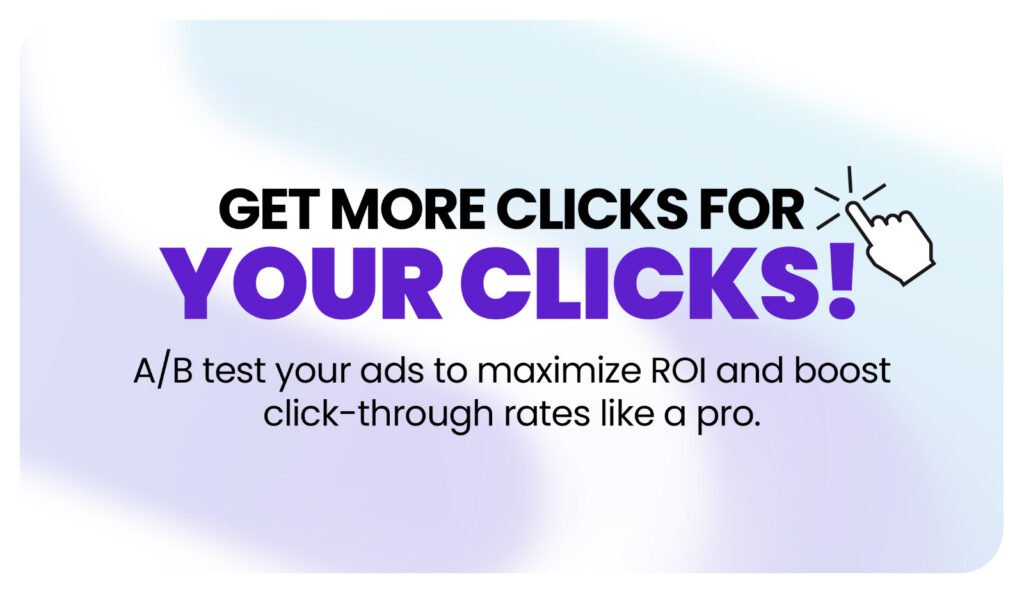
Starting your campaign is one thing; it is another thing entirely to get it started. However, it is usual to control and monitor the process so that you can achieve the optimum performance.
Key Metrics to Monitor:
- Click-Through Rate (CTR): The number of people out of those who saw your given ad who proceeded to click on it. This means that if your CTR is high, your ad must be of interest to your targeted audience.
- Conversion Rate: This informs you the number of people that completed your desired course of action (e.g., buying your product or subscribing), after clicking on your advert.
- Cost-Per-Click (CPC): How much you are willing to spend each time a person clicks on your ad. Filter it to be in harmony with your Else’s size in order not to overspend.
- Quality Score: Google provides a Quality Score of your keywords according to ad relevance, expected click through rate and landing page quality. In other words, the higher score on that level indicates lower costs and more effective ad placements.
Optimization Tips:
- A/B Testing: In order to understand the most effective way of advertising and what works and what does not, run several variants of your ads when advertising on the internet.
- Keyword Refinement: It is recommended to update your keywords in accordance with performance rate. Swap out ineffective keywords and put in new ones based on what you find out about it from searches.
- Adjust Bids: Generally, after dissecting the data you can adjust the bid for keywords that can bring in a great amount of clicks and thus getting down with those that are of the least conversion.
Common Mistakes to Avoid
While Google Ads is an effective platform, beginners often make some common mistakes that can waste their budget:
- Not Using Negative Keywords: What you want to avoid is to bid on these keywords, I mean these are keywords that you do not want your ads to connect to. For instance, if you deal in luxury shoes then one of the negative keywords you can include cheap.
- Ignoring Mobile Optimization: Users can search on their own preference or convenience; a large number of these use mobile devices. Check that your ads, as well as the landing pages, are mobile responsive.
- Setting Unrealistic Expectations: Google Ads in my opinion is something that requires time and adjustments. Avoid the feeling that you will gain a successful result right away or that success will happen quickly.
- Performance Max Campaigns: This type of campaigns enable the advertiser to get access to Google Ads resources, like Search, Display, YouTube, Gmail and much more within one campaign with automation.
- Enhanced Reporting: Today, Google Ads is equipped with expanded and more specific and flexible reporting that will allow advertisers to make informed decisions.
- New Privacy-First Features: Following the enhancement of user concerns’ privacy, Google Ads has put in place features that follow rules and regulations while conducting ad operations.
Final Thoughts
Google Ads is effective, yet constantly managed, monitored, and optimized, and it can effectively bring significant results in advertising. From the campaigns creation to the usage of more complex features you are fully equipped to embrace your target market and ensure great business outcomes. Leverage on the automated and machine learning capabilities started in 2024 and use the mode of trial in implementing and optimizing your campaigns further.

